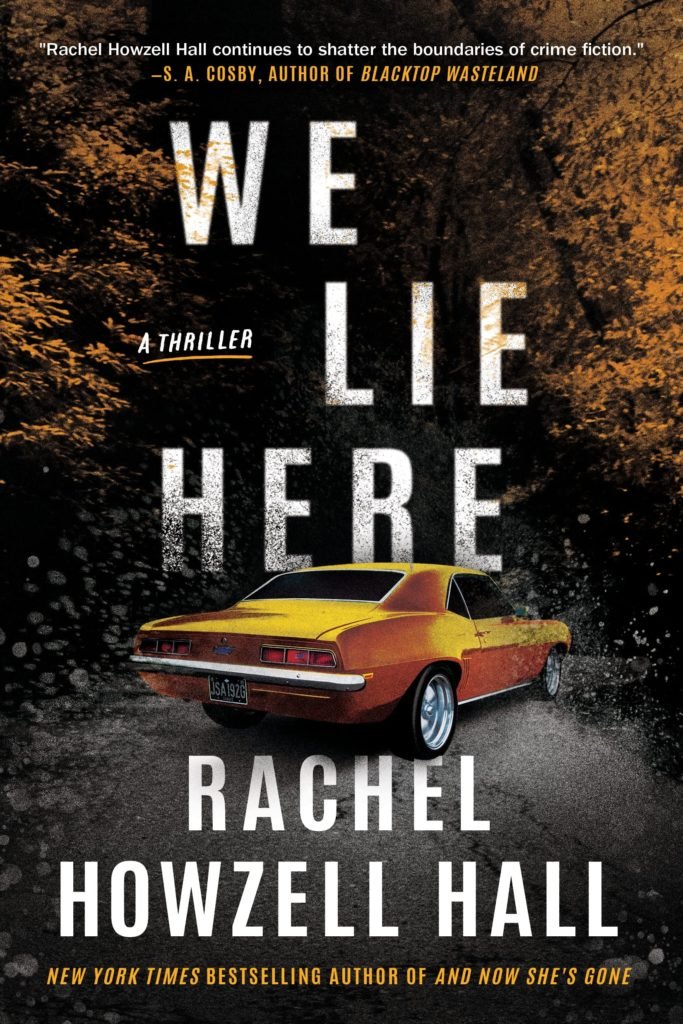Like many things in life, being a business founder, business owner, business creator, whatever you want to call it, is hard. And I learned very quickly that the experience can be really hard on your mental health as well. I left the security and comfort of a consistent income, my potential career trajectory, and my 401(k) contributions to step out into the crazy world of business because I wanted to try to build something worthwhile. So many people questioned my decision to quit my job and thought that perhaps I was going through a phase, and honestly, sometimes so did I. Was I [sure I wanted to do this]?
In addition to dropping my job security, there was the burden and overwhelm of trying to figure out how to actually build my business, Clever Girl Finance, which sometimes felt like the burden of the entire world was on my shoulders. There were also the hideously depressing metrics about business startup failures, which were a constant reminder that I was most likely to fail even when I was making progress. And then there was my imposter syndrome that constantly had me questioning my abilities and doubting myself…
That being said, I’ve learned a few things on my journey that have allowed me to pursue my life as a business owner on my own terms. Things that in turn have helped me manage my mental and emotional health, as well as that annoying imposter syndrome. I want to share those things with you now.
1. Don’t believe the work-life balance myth
Let’s start with the all-so-popular idea of work–life balance. Umm, yeah, that’s a lie. Work-life balance is a lie. There’s no balance. It’s called making it work, however you make it work. There’s no background music playing over my day showcasing me as the perfect wife, mom, entrepreneur, and Superwoman like you see in the movies. It’s simply me making my life work every day. And in order to make things work, I have learned to prioritize what matters most, put some things on the back burner, and let some things just fall off completely.
Yes, my business is important, but my family is non-negotiable. I delegate a lot (I will not be the bottleneck), and I rely on my amazing team to get work done for my business. Some days I don’t answer calls, reply to emails, check Instagram, or respond to text messages because I want to spend time with my family or because I don’t want to deal with anything or anyone else. Other days I utilize mobile productivity apps on my phone, like the Bank of America app, to help me multitask when I’m not sitting directly at my desk. I no longer try to be Superwoman or chase the mythical idea of “work-life balance”. I give myself the grace to not be all the things, all the time.
2. Embrace your emotions
Next up is my mental health. I’ve learned that fully embracing the emotions I’m feeling as opposed to trying to ignore them or push them aside really helps me manage my mental health. Sometimes that means I just need to take that deep sigh and have a good cry. It’s inevitable that you’ll get feedback you hate. Your customers will hate your product. Investors will tell you your business sucks. Friends will think you’re going through a phase. You’ll be too broke to buy that thing you really want, when if you had a “real job” it wouldn’t even be a question. So yes, sometimes, crying is necessary. However, just because it’s okay to cry doesn’t mean you let it become a crux.
3. Don’t let imposter syndrome get the best of you
And finally: Let’s talk about that damn imposter syndrome, which pops up at the most inconvenient times, making you feel less than good enough, uncapable, and unworthy. It promotes that negative self-talk and self-judgment…I’ve experienced imposter syndrome a ton and let me tell you, it never goes away. It’s always right there, the annoying uninvited guest, rearing its ugly head just before every milestone and every accomplishment. However, I’ve come up with ways to tackle it and minimize its impact in my life. I’ve found that sharing my mindset challenges with my husband, my business advisors, my friends, and my business peers can be incredibly helpful, especially when it comes to reminding me that I’m being totally irrational with those thoughts of feeling less than who I am.
I also started keeping a list of all my business and life accomplishments (no matter how small) because they remind me how far I’ve come and what I’m capable of doing. I wrote down being at my kids’ Kindergarten graduation, and attending their class plays. I’ve written down every media opportunity I’ve had….I wrote down being featured in a dedicated [television] segments. [I wrote down being a] four-time published author. Yes. That was me. Take that, imposter syndrome! I don’t believe your lies. I’ve got the real facts!
The truth is, no amount of preparation can get you totally ready for the rollercoaster that is the business-building journey….It’s all about making it work in the way that works for you, giving yourself the grace to accept that doing your best is enough, and reminding yourself why you’re amazing and more than capable of achieving success.
Excerpted with permission from the publisher, Wiley, from Choosing to Prosper by Bola Sokunbi. Copyright © 2022 by Bola Sokunbi. All rights reserved. This book is available wherever books and eBooks are sold.

































